“What’s the cheapest dehumidifier to run?” is a question we are often asked by people considering buying one for their home.
Because there is a wide range of dehumidifiers on the market – all with different capacities – the cheapest dehumidifier for you to run will depend on what you need it for and how often you intend to use it. This quick guide will help you to see how you can choose the best dehumidifier to help keep your average electricity bills low and decide what type of dehumidifier is best for your home.
Will the dehumidifier with the highest watts use the most energy?
The simple answer is yes, but you need to think about several factors;
- The time of year that you will be using your dehumidifier
- Where you are going to be using your dehumidifier
- What you want to use your dehumidifier for
- The extraction rate of water per kilowatt
- Are you using it in an unheated or heated space?
How does the time of year effect energy costs?
Obviously, your electricity costs the same per kilowatt hour all year round – and whether that’s cheap or expensive depends on your supplier. However, you’re more likely to use your dehumidifier during the winter, because that’s when it’s needed to remove the root cause of condensation on your windows and mould on your walls.
Heat is a good thing in winter. The wattage that a dehumidifier uses is turned into heat, so you get a dual running cost benefit from the unit. You get less condensation on the windows, less chill in the air and the space feels warmer. All good things. If you have another source of heat, like a radiator or heater, near to the dehumidifier then you can probably turn it down or off completely to balance out the energy usage of the dehumidifier.
Type of dehumidifier for energy-efficient operation
If you are using a dehumidifier during the winter in a cold hallway, conservatory or utility room, then a bit of extra heat from a desiccant dehumidifier would probably be beneficial. A desiccant dehumidifier draws in the air and passes it over material which soaks up the moisture. They are ideal for colder areas. But if you are using you dehumidifier in a space that is nice and warm – like your living room, kitchen, or bedroom, then a more energy efficient compressor dehumidifier would make sense. Also known as a refrigerant dehumidifier, these units draw the air over cold coils. The coils condense the moisture in the air into water, which is collected in an integral water tank.
It’s cheaper to use a dehumidifier than a tumble dryer
Do you need to dry laundry? If yes then a dehumidifier is definitely the cheapest alternative to a tumble dryer. Just compare the 650 watts used by a desiccant dehumidifier in Laundry Mode with the 4000 watts of a tumble dryer. Your washing dries faster and that gives you a lower per hour cost for drying your laundry.
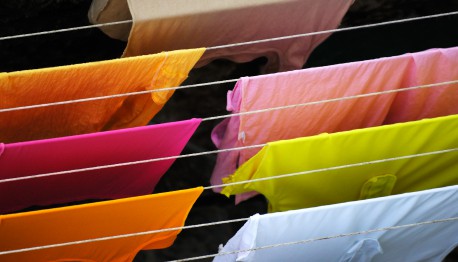
Did you know a dehumidifier is cheaper to run than a tumble dryer?
What about the water extraction rate of water against the watts used?
Desiccant dehumidifiers are the ones that have the most variable wattage and their extraction rate varies against that wattage, for example at 20°C and 80% relative humidity:
Meaco DD8L Single fan speed = 3.5 litres at 330 watts (39dB)
Second fan speed = 7.2 litres at 650 watts (43dB)
Third fan speed = 8 litres at 660 watts (48dB)
Compare this to the very best compressor dehumidifiers on the market, like the Meaco 12L Low Energy Dehumidifier 6.72 litres at 144 watts (44dB) or the Meaco 20L Low Energy dehumidifier 12 litres at 231 watts (46dB).
You can see that we have added in the noise rating in brackets as well because we think that noise is part of the decision process and needs to be taken into consideration. We have written another guide about quiet dehumidifiers, which you can read here.
So at 20°C the compressor dehumidifier looks a better bet but the DD8L gives you the option of having a quieter dehumidifier and don’t forget that we have done the comparison against the most energy efficient dehumidifiers on the market. Try that against our competitors and see what the results are like!
Power ratings at low temperatures in unheated spaces
The results for the DD8L will remain the same at 10°C and 60%rh but the compressor dehumidifiers will no longer look so impressive.
Single fan speed = 3.5 litres at 330 watts (39dB)
Second fan speed = 7.2 litres at 650 watts (43dB)
Third fan speed = 8 litres at 660 watts (48dB)
The extraction rate of the refrigerant dehumidifiers falls sharply as the temperature and relative humidity drops. The Meaco 12L Low Energy Dehumidifier gives 1.08 litres at 118 watts (44dB) and the Meaco 20L Low Energy Dehumidifier 1.8 litres at 185 watts (46dB).
So you can see why desiccant dehumidifiers are recommended for any application where the temperature is likely to be below 16°C because even at their lowest fan speed the desiccant will extract double that of a 20 litre dehumidifier.
So what dehumidifier do you buy to keep running costs down?
This is a personal choice and you need to make a trade-off between noise, wattage and extraction rate which will all depend on the time of year that you are using the dehumidifier and the location.
For unheated spaces it has to be the DD8L Junior desiccant dehumidifier and it was this type of application that it won its award for.
If you want the cheapest dehumidifier to run for a small house then it is the Meaco 12L Low Energy Dehumidifier and for a medium to large house then it is the Meaco 20L Low Energy Dehumidifier.
To find out more, just call our friendly team on 01483 234900 and we’ll be happy to talk you through, find out where you need to use your dehumidifier and give you the best advice.
The DD8L Zambezi is award-winning for low energy costs.
Products featured: Meaco 12L Low Energy Dehumidifier and Meaco 20L Low Energy dehumidifier




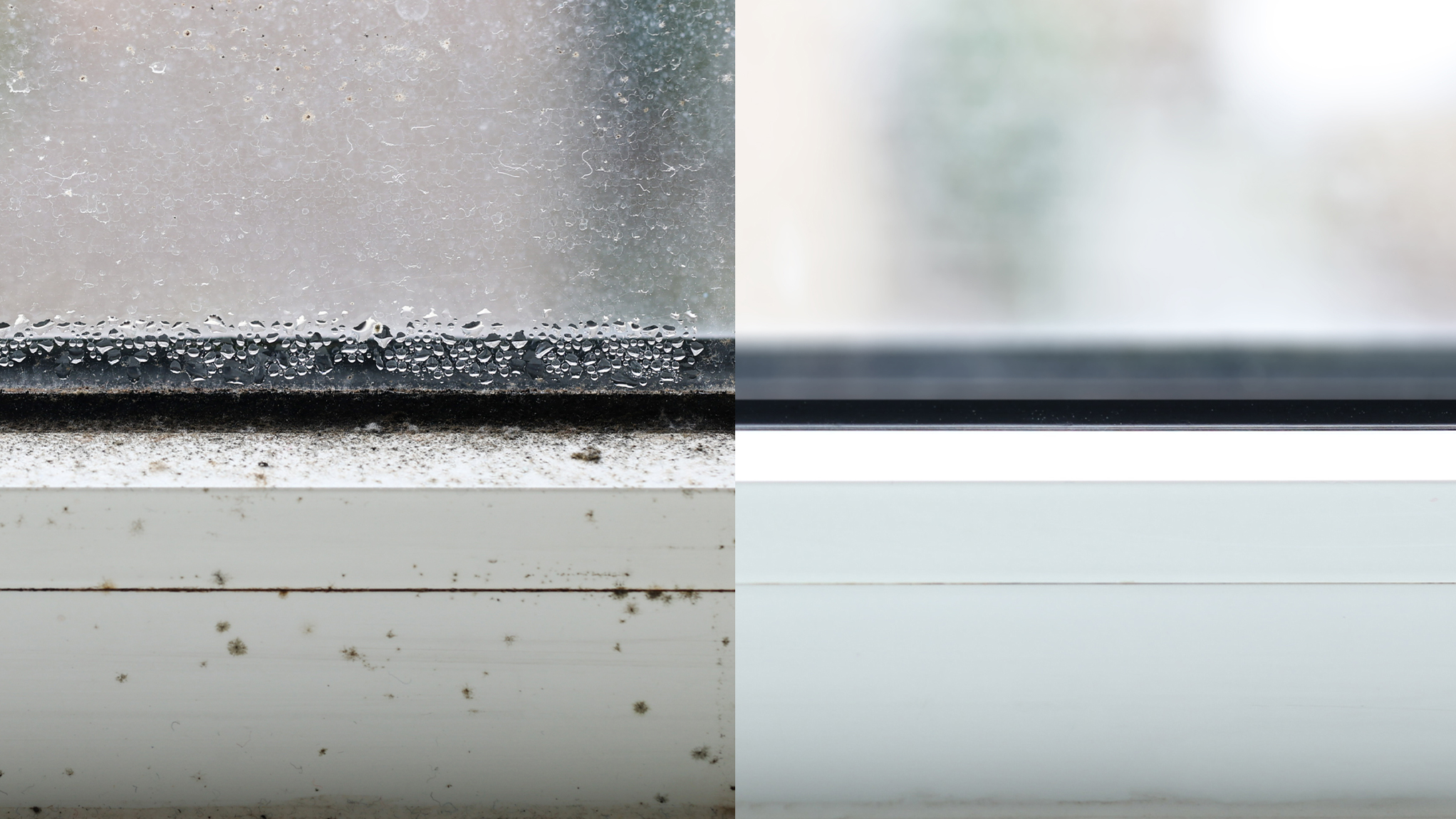

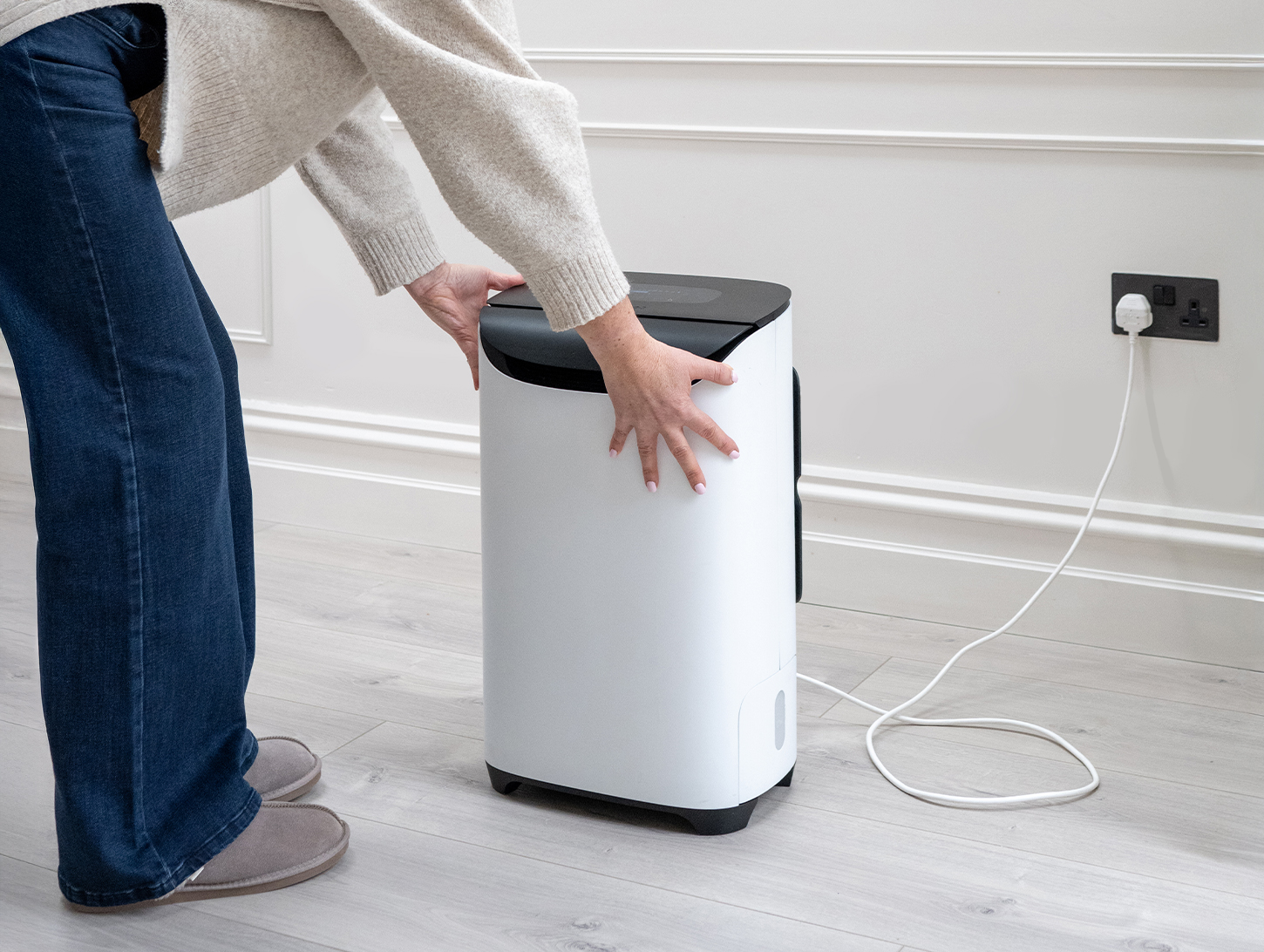
44 responses
How much does it cost to run for an hour
Thank you for your message,
Costs will vary depending on the model size ranging between 4p per hour to 8p per hour.
For more information please visit the product page and click the technical overview tab for running costs and more.
Omar@Meaco.
Hi have you heard of alivio dehumidifier it’s on sale at Debenhams bou I can’t see any reviews do you know the best cheap humidifier thanks a
You can find our entire collection on our website: https://www.meaco.com/collections/dehumidifiers
Last winter i had a horrible problem where all my windows had condensation, the entire window was covered. I did borrow a dehumidifier from a friend but i wanted to get one
for myself.
The heating isnt on all day at my but i never let the temperature drop below 18°c. My heating runs on a thermostat.
My property is prone to damp and mould. I have allergies, including dust, throughout the year and more so during spring and summer. Humidity cause skin flare ups.
With energy costs rising i need something which is cheap to run.
My question is which dehumidifier is best for me? And do the dehumidifier with air purifiers work as well as a stand alone air purifier? And whats the most energy efficient setting to leave the dehumidifier on? when the dehumidifier is on sleep mode how much does cost to run?
Hi Sonia, thanks for getting in touch. We can definitely help you, please could you let us know the answers to the below questions and we’ll be able to tell you which dehumidifier is best for your home.
1. How many bedrooms does your house have?
2. How many people live in your house?
3. How do you dry your laundry?
4. Do you have any pets?
A stand alone air purifier is better than a dehumidifier and air purifier, however our dehumidifiers still use a medical grade H13 HEPA filter which is the highest standard to purify the air within a dehumidifier.
Our dehumidifiers run themselves and letting them do this is the most energy efficient way to run your dehumidifier. Our dehumidifiers turn off once the target humidity level has been reached, saving you money. The fan will turn on every 30 minutes to test the air but the dehumidifier will only turn back on and start dehumidifying again if the humidity level has increased above the target, meaning it will not run unless it has to.
The cost to run on sleep mode will be very very small as it uses very little electricity, I’ll be able to confirm the amount for you once we have chosen the dehumidifier for your home.
Thanks, Siobhan
Hi,
We have a small glazed outbuilding at the rear of our property where I usually dry the washing, purely because it south facing. There is no heating in this area, though I do have an electrical supply for a heated towel rail which in these colder days condensates the entire room.
Which dehumidifier would you suggest we go for and what would be the hourly cost be for the electric consumption (approx)?
Thanks Nic
Nic,
A Meaco DD8L Junior will sort your problems out.
Chris
We have damp on a lounge wall which is the best dehumidifier as we have fixed the issue bit need to fly dry jnyernal wall. Would also possibly use for drying clothes as well once that issue is sorted. Thank you
Kim,
Go for a 20 or 25l model for this.
https://www.meaco.com/collections/dehumidifiers/6
Stock will be available around the 6th december.
Chris
Hi Chris….we have a damp and mouldy cellar in a 500 year old house. It’s approximately 32 cubic meters and unheated by anything apart from the ambient temperature of the house so is never cold. Which unit would you recommend to minimise running costs, and can you recommend a condensate pump to work alongside to save me spilling water on the stairs and hall which seems to upset my wife! I can drain through the wall to an external drain.
Phil,
Arete will be the machine for you and the new pump for it will mean that everyone in the house will be happy! https://www.meaco.com/products/meacodry-arete-one-25l-dehumidifier-and-air-purifier
Chris
Thanks Chris.
On final question I would like clarification on is are the high power / fan modes cheaper to run than the low power ones. I can see there are three power settings plus a even higher fourth power setting for laundry. Is the laundry mode the cheapest to run? If so, is there any harm in using this regularly even if not drying clothes?
Nadeem
Nadeem,
Although Laundry might cost less in terms of energy used per litre of water collected it looks to drive the relative humidity down as low as possible to dry the clothes. That is great for short term drying of clothes but is not an option for long term use as you don’t need the relative humidity below 50%rh, you don’t need the machine running 24/7 and you would not want the constant noise levels.
Much better to use the humidistat as per my previous email and to let the machine turn on and off as 50%rh is reached.
Chris
Hi Chris,
I have had the meaco 25l ultra low energy dehumidifier for about 1.5 weeks now. I have been running it continuously on fan setting 3 (highest power) for the whole time and the humidity remains consistent at about 50% which I am hoping will start to drop in the near future.
My question is, is it cheaper to run it in the high power mode than in the low power modes? If so, wouldn’t it be cheaper to run it for say a few hours a day at the worst times at the highest power mode as opposed to the automatic mode which would cycle through the lower power (higher cost) modes? Or have I misunderstood something (I think I read somewhere that the high power mode is more efficient and cheaper to run).
I look forward to your reply.
Thanks,
Nadeem
Nadeem,
Thank you for your purchase and your message. Auto mode gives you more accurate humidity control whilst humidistat mode is cheaper. The way to reduce costs would be to not try to dry the air below 50%rh, as that is a fine relative humidity to have as your target, and to just let the machine turn itself on and off at that humidity as required. Humidistat mode using the Meaco Control logic is cheaper that the Auto mode.
Hope this helps.
Chris
Hi Chris, I purchased a DD8L Junior for my boat 6 months ago after reading many reviews stating this was the unit of choice for boat owners. I have to confirm the reviews, it does a fantastic job of keeping the boat dry, a superb unit. My question is around power consumption. It has been the only thing running on the boat over winter, and I got a bit of a shock when i received the first electric bill from the marina, which stated that over a 146 day period i’d used 460 units (Kwh). This equates to an average of 3.15kwh per day. I have it always set to fan speed 1 and Normal (2 drops and the thumbs up). Does the power consumption seem about right to you as I’m wondering if i have the settings correct for the conditions and that I might be over doing it?
Ian,
In that mode you are using 330 watts. The way to make sure that the dehumidifier runs as little as possble will be to select 60%rh as your target humidity (one droplet) and to make sure that the boat is as well sealed as possible.
Hope this helps.
Chris